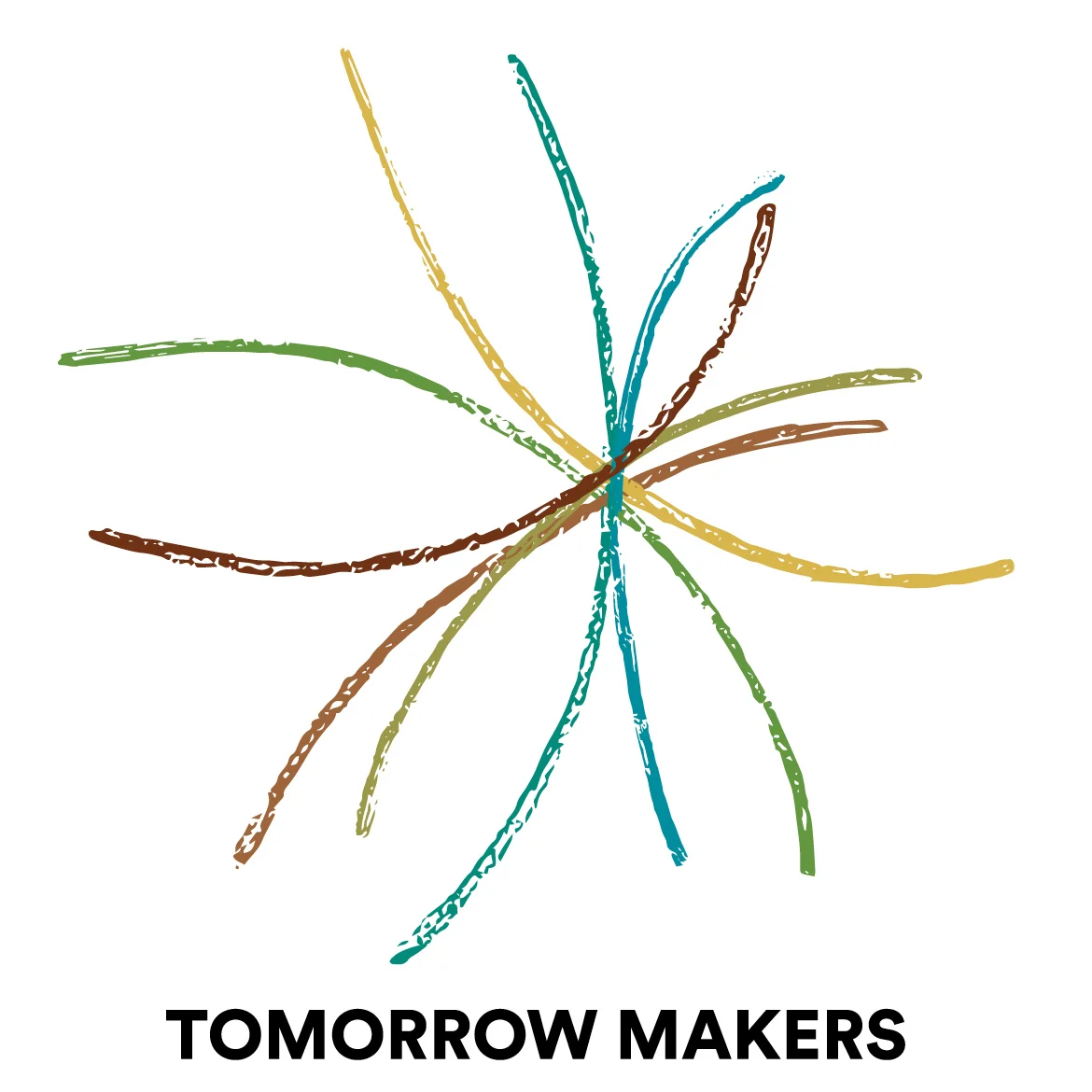You Understand The Instructions ...
/You understand the instructions only after you've assembled the red wagon. MG Taylor Axiom, 1983
Matt and I had a lot of fun developing our axioms. We lived in Nederland, above Boulder, CO and we were teaching workshops on life planning. Our participants were smart, into alternative life styles and from all economic sectors. They were teachers, entrepreneurs, government leaders, inventors, scientists and artists. Ages ranged from 15 to 70. Yet, with each there were so many unquestioned assumptions about how life was meant to be. As we rode to and from our four-day workshop ... back and forth from Nederland to Boulder... we drove through a number of ecosystems, up and down through winding hills and valleys. We would muse on our work and how the participants were so intrigued with our way of teaching. We came to realize: 1) how hungry people were for rich alternatives and new ways of thinking and doing; and 2) how foreign our way of thinking was to most of the participants. Many of our ideas had not been explored before. Thus, we decided that the best way to present our ideas was through a set of design axioms. As we drove, the axioms began to spill forth, prompted I think, by what was occurring in our workshops ...
One of my favorite is "You understand the instructions only after you've assembled the red wagon." Experts are taught to know the answer up front so this axiom was clearly out of scope for them. They expected to understand before they began exploring or answering a challenge. We would give participants an assignment and ask them to begin. It was amazing how shocked they were. They wanted to ask question after question to make sure they understood completely. They wanted all the ambiguity removed from the question. Indeed, they did not want to begin until they knew the answers.
Of course we refused to answer their questions and set them about their task in groups of five or seven. We wrote the instructions with just enough ambiguity so that group members had to discuss the meaning with each other. We provoked conversation and dialog. Through this means they began to bring meaning and context to the assignment. Next, we asked them to ship a product, not just talk about it. We asked them to put their responses to the question in some kind of form ... words, a drawing, a poem, whatever spoke to them. When we challenged them to do this, they were again hesitant. What if they answered the question wrong?
But as soon as they took pen in hand, when the time was closing in on them and they needed to get something down, excitement and pleasure took over. Suddenly, they came to understand the instructions. It was not about our answer, but theirs that mattered. We were forcing them to come to know the answer by doing. This is one of the major principles of a good designer.
Thirty years ago, this kind of challenge was foreign to most people. Collaboration and design were not words within the existing paradigm. Curiosity was something that children and cats had ... but most adults would not admit to having questions with no answers. Today, adults with curiosity are much more acceptable under certain circumstances. Participants in our processes are much more willing to jump in and play with ideas ... explore and uncover fresh new insights ... perhaps even throw away the instructions and begin by creating an entire new framework where there is room for unencumbered exploration.
As Meg Wheatley says: In our past explorations, the tradition was to discover something and then formulate it into answers and solutions that could be widely transferred. But now we are on a journey of mutual and simultaneous exploration. In my view, all we can expect from one another is new and interesting information. We cannot expect answers. Solutions, as quantum reality teaches, are a temporary event, specific to a context, developed through the relationship of persons and circumstances. There will be no more patrons, waiting expectantly for our return, just more and more explorers venturing out on their own.
The next challenge then is to bring these explorers together into a design process of deep collaboration and exploration to find new answers within a new paradigm that can serve all life well. Perhaps this is the real difference humans can contribute to Gaia.

